Two Historic Churches and a Cemetery in Valley Grove
To say this place is picturesque is an understatement. The Valley Grove churches are located on top of a hill covered in native prairie plants and wildflowers. Living in Minneapolis, one of the things I notice the most when I am out exploring in greater Minnesota is how quiet places like this are. Hearing the wind blowing through the tall grasses and leaves rustling on the huge oak trees was rhythmic and soothing.
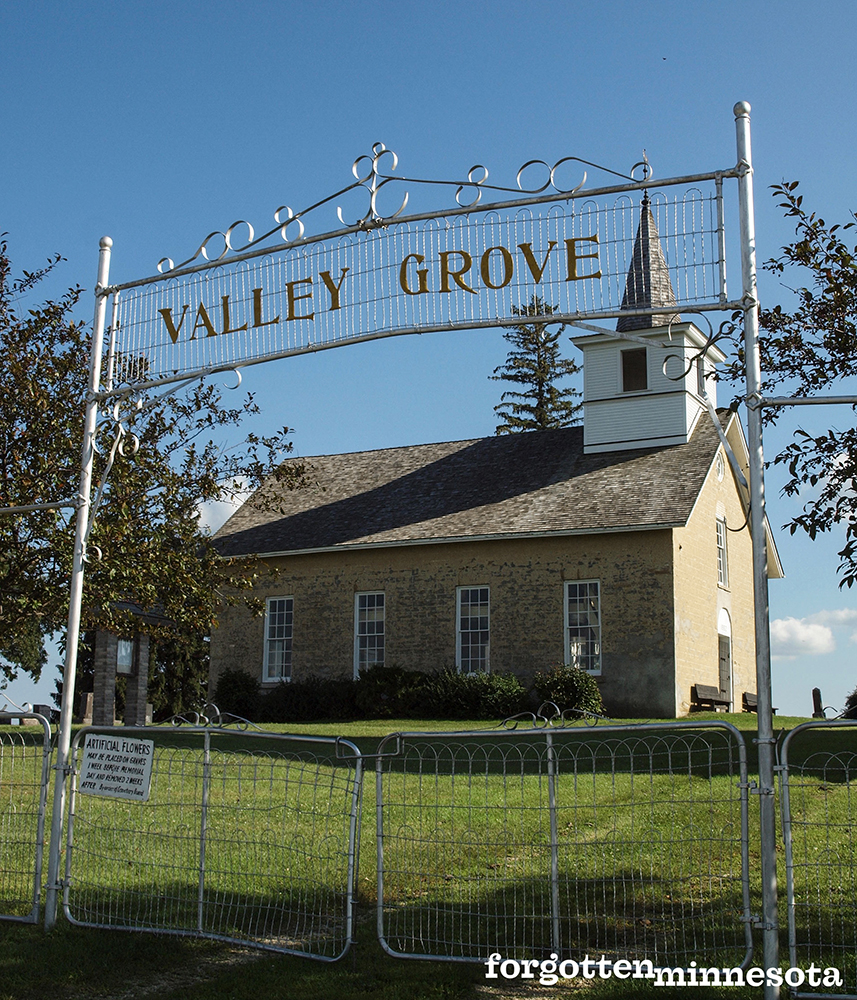
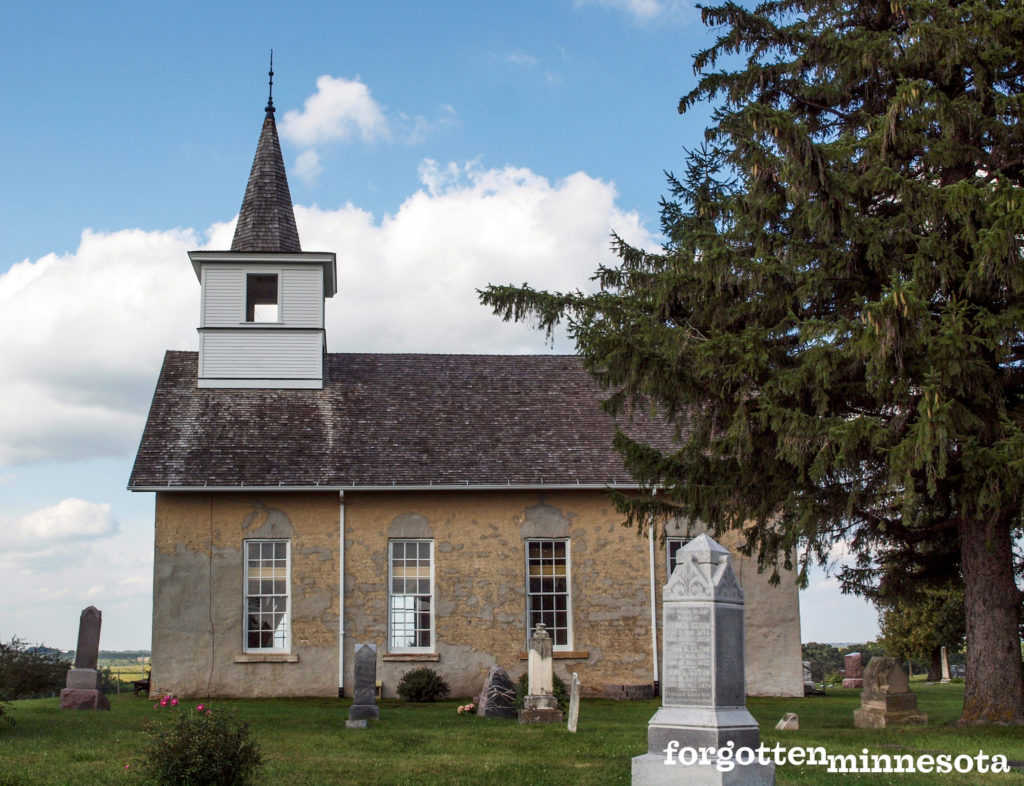
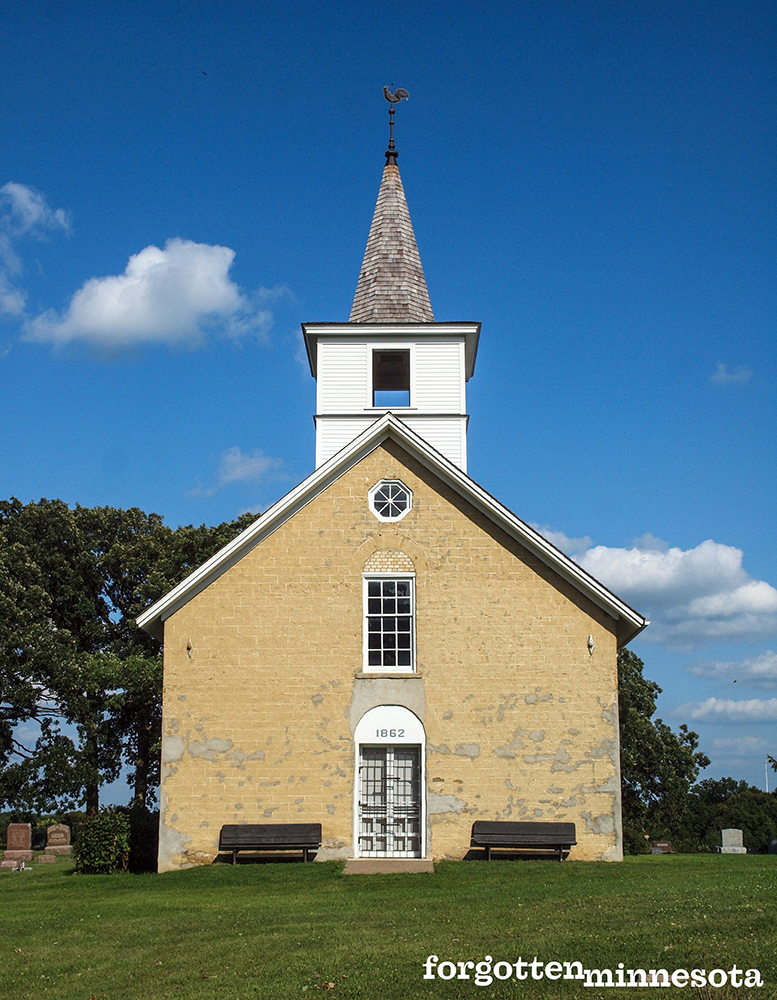
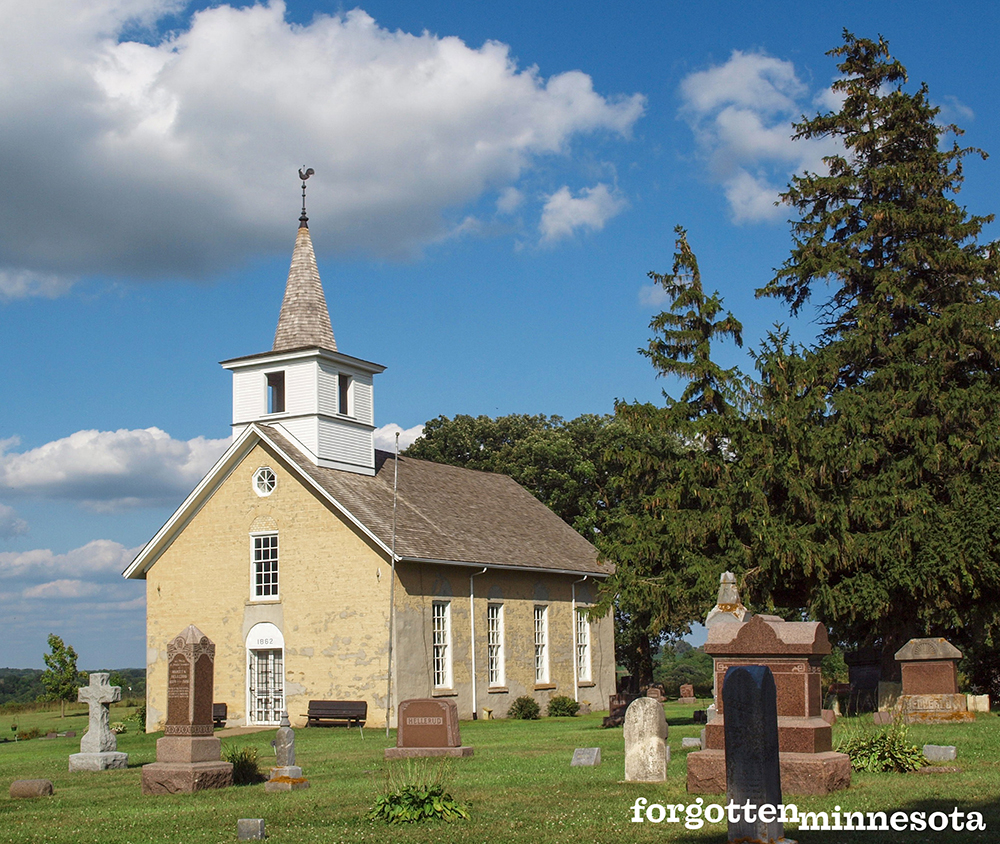
Although the Valley Grove parish dates back to the 1850s, the first church wasn’t built here until 1862. A simple, rectangular church was constructed with locally-quarried stone. A gable roof with a square tower housed the church bell that would ring out on Sunday morning.
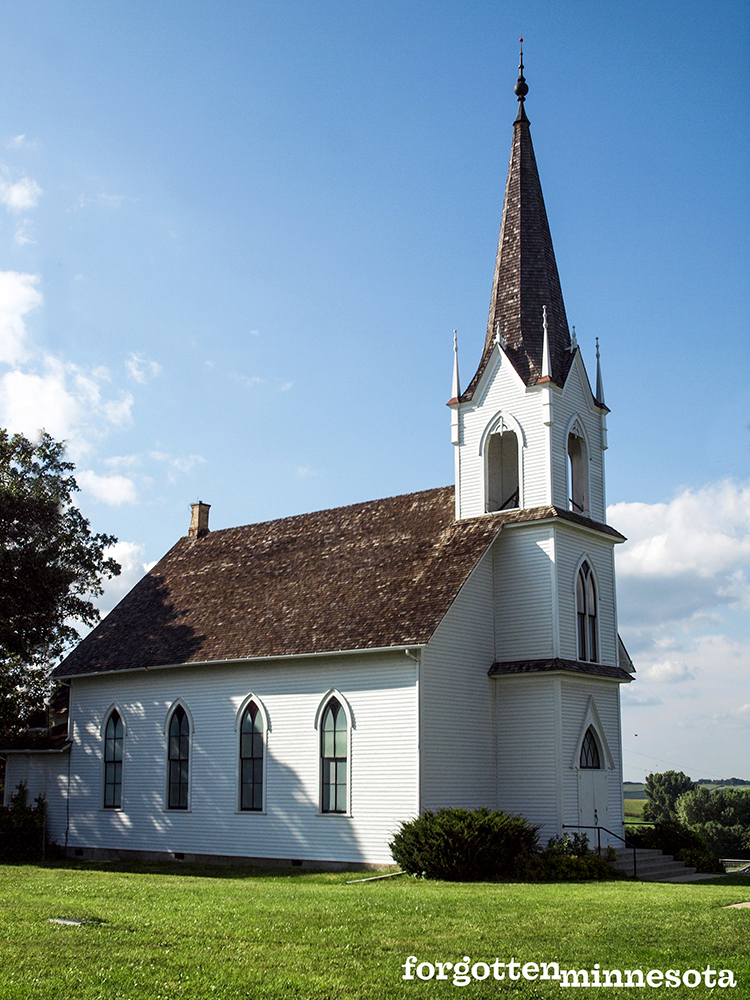
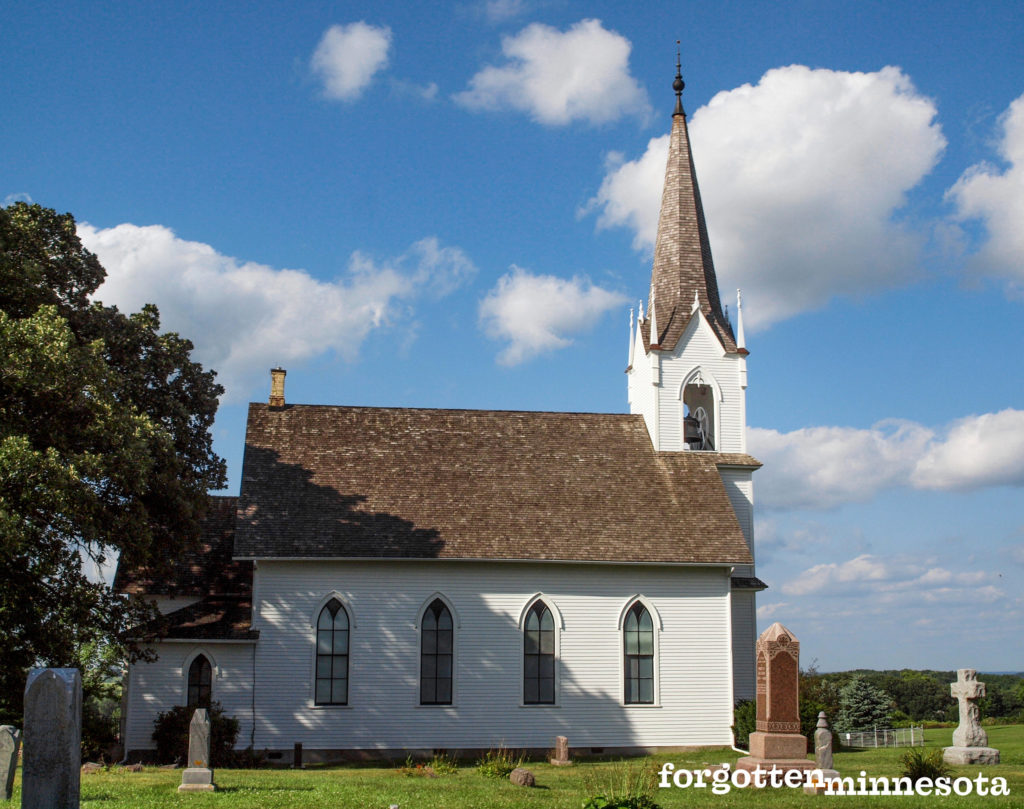
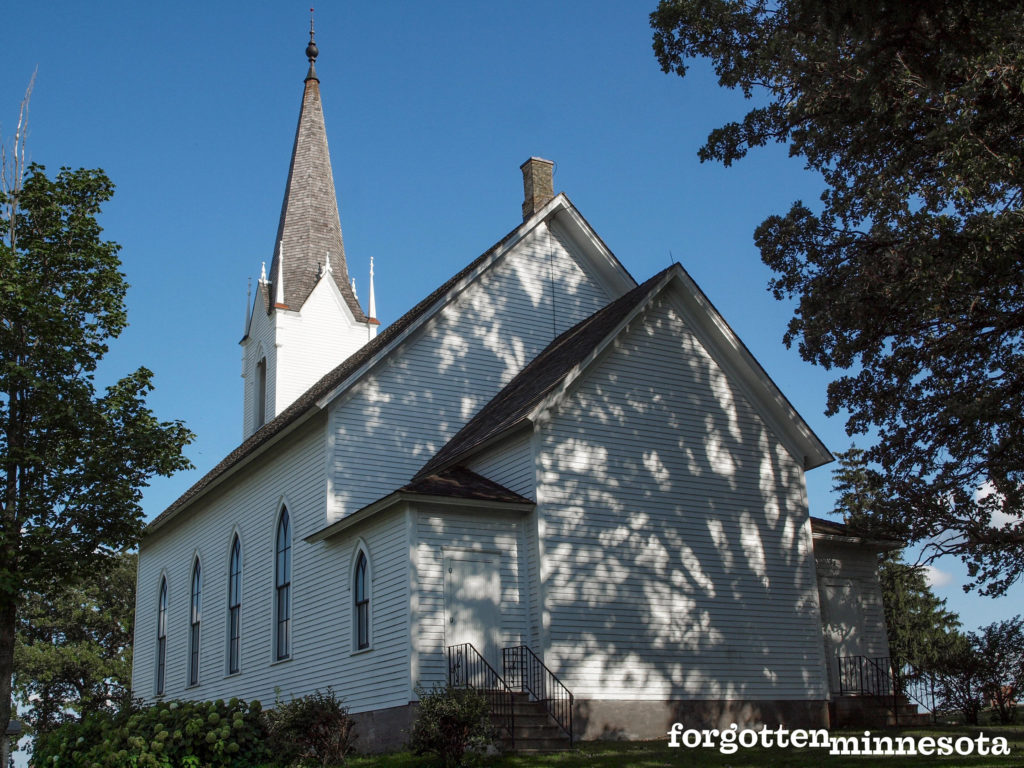
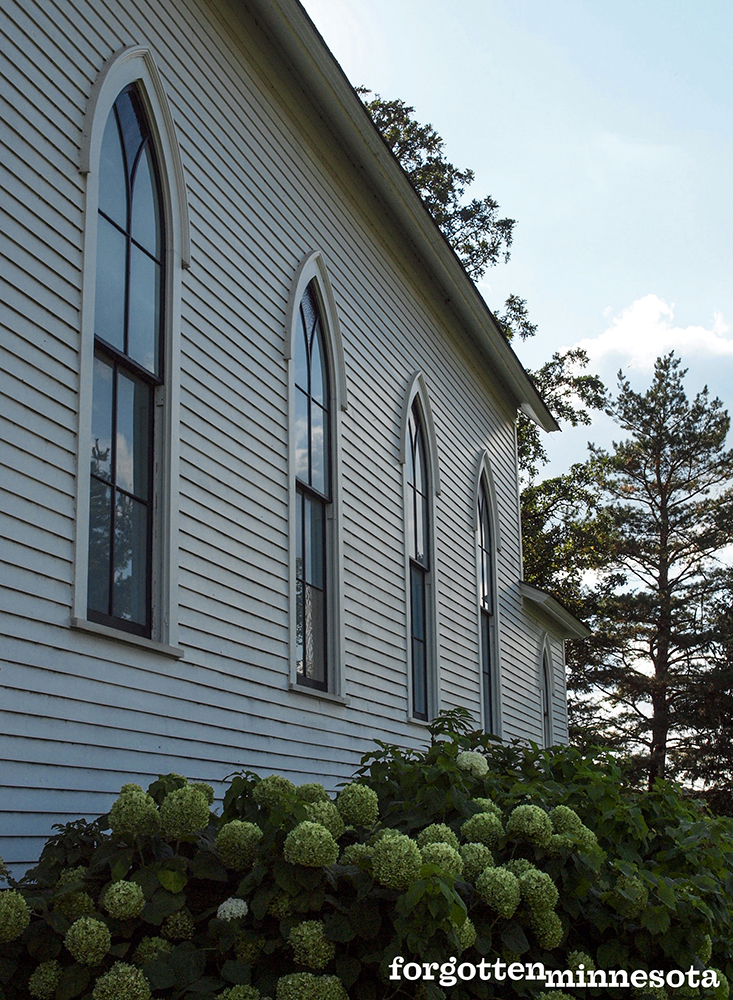
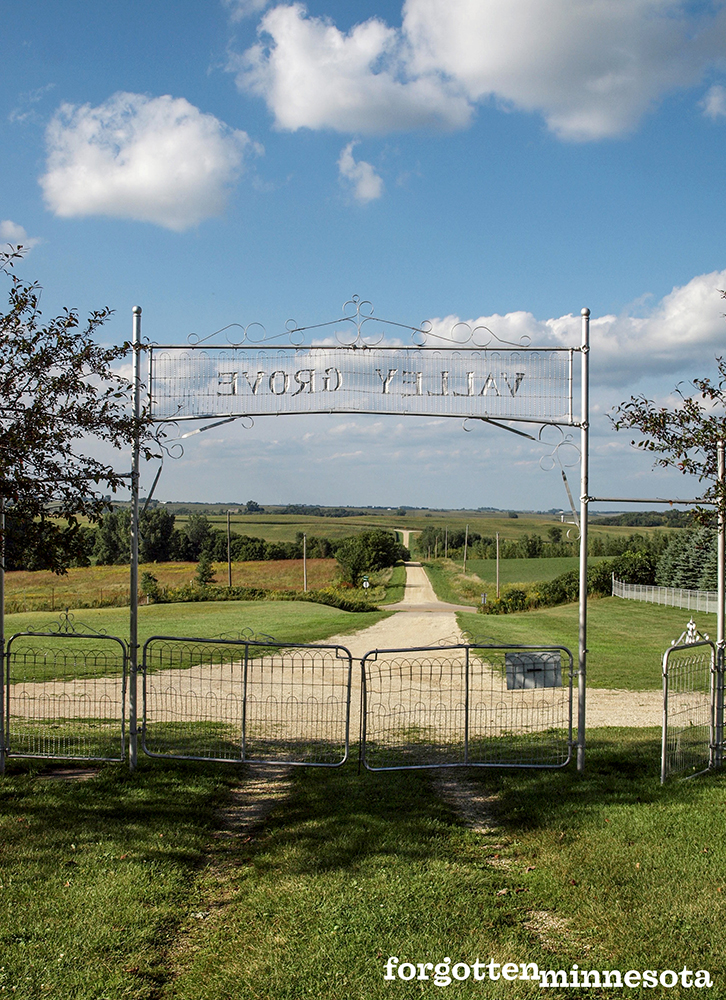
By the 1890s, the Valley Grove congregation had grown out of their simple stone church and plans for something larger began. The thing that makes this property so special is that the old stone church was not demolished to make way for the new one. However, members who lived in Nerstand petitioned for the new church to be built in town, while others prefered the familiar surroundings of their current location.
In the end, both sides won. Two nearly identical churches were built–one in Nerstand and one adjacent to the old stone church–in 1894. The new, white clapboard church was built in the recognizable Gothic style popular for Lutheran churches throughout rural central and southern Minnesota. The pretty pointed arch windows, double entry doors, and bell tower and steeple topped with a metal spire and cross proved that the Lutheran settlers in the area had grown and established themselves in their new land. The old church was cherished by the congregation and continued to be used as a guild hall and a marker for how much the flock had grown.
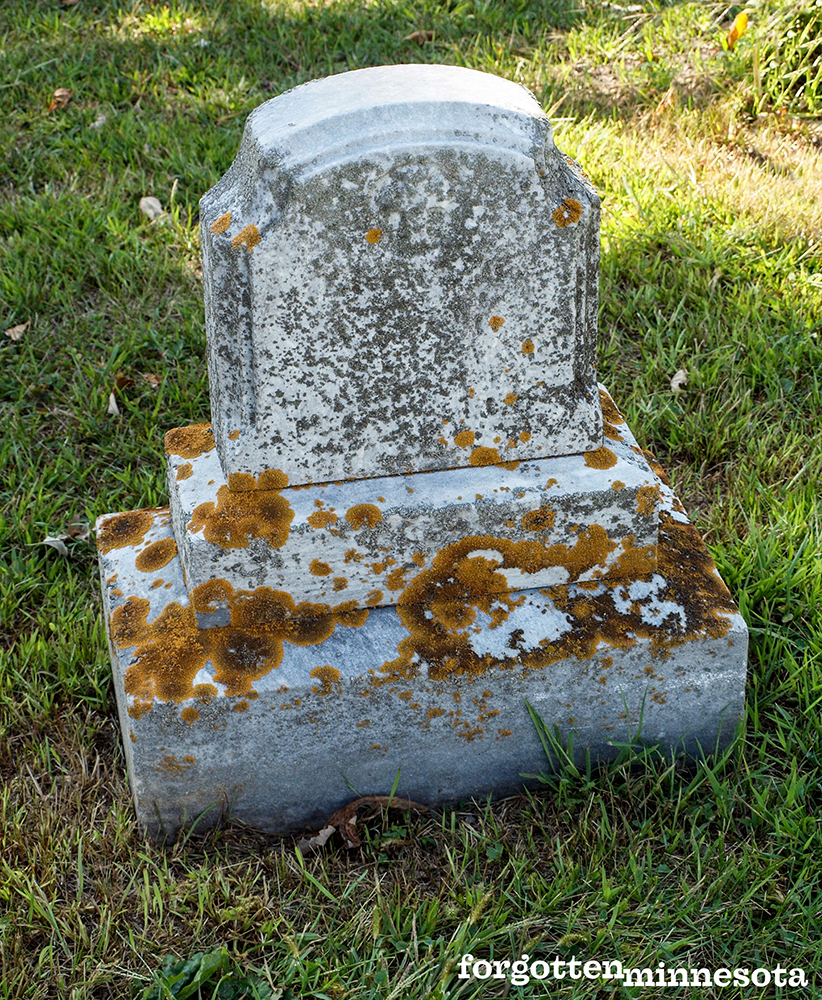
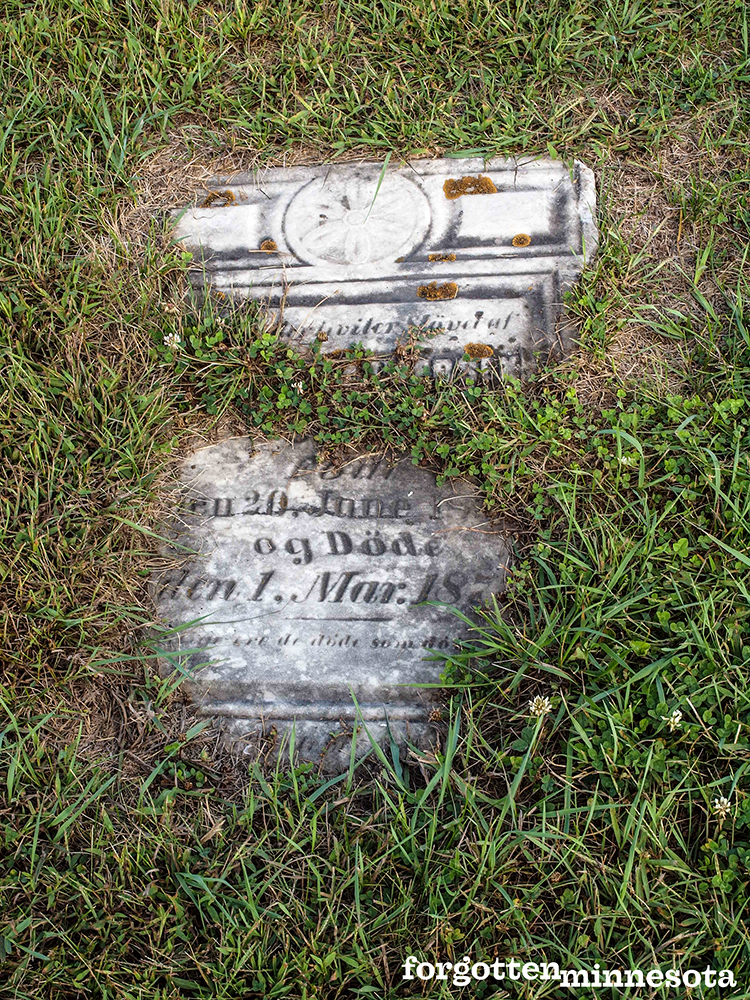
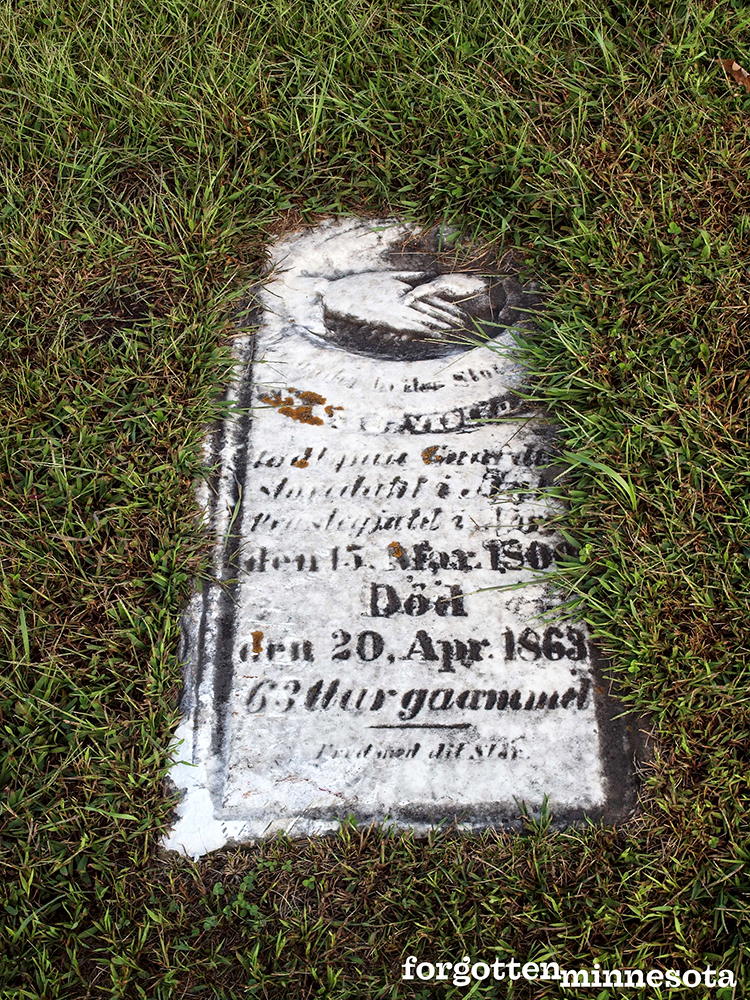
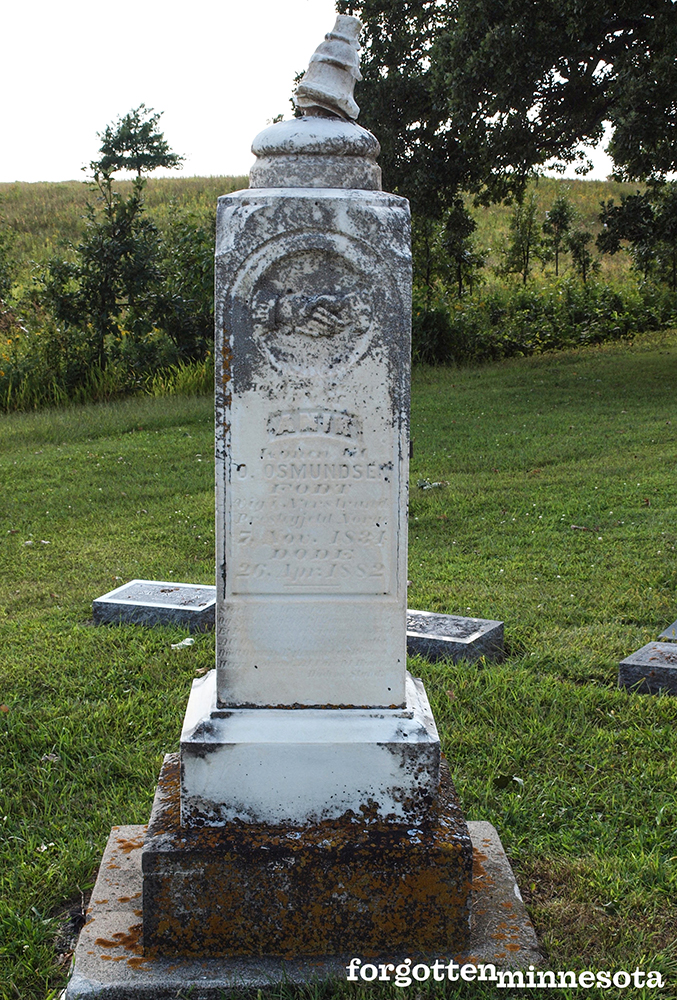
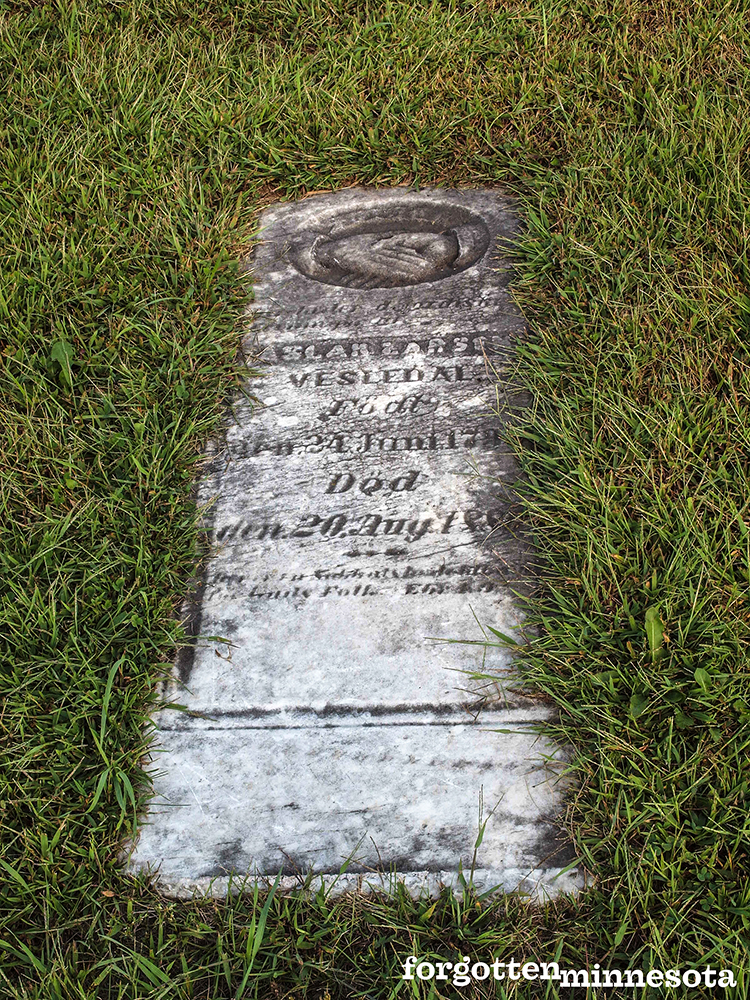
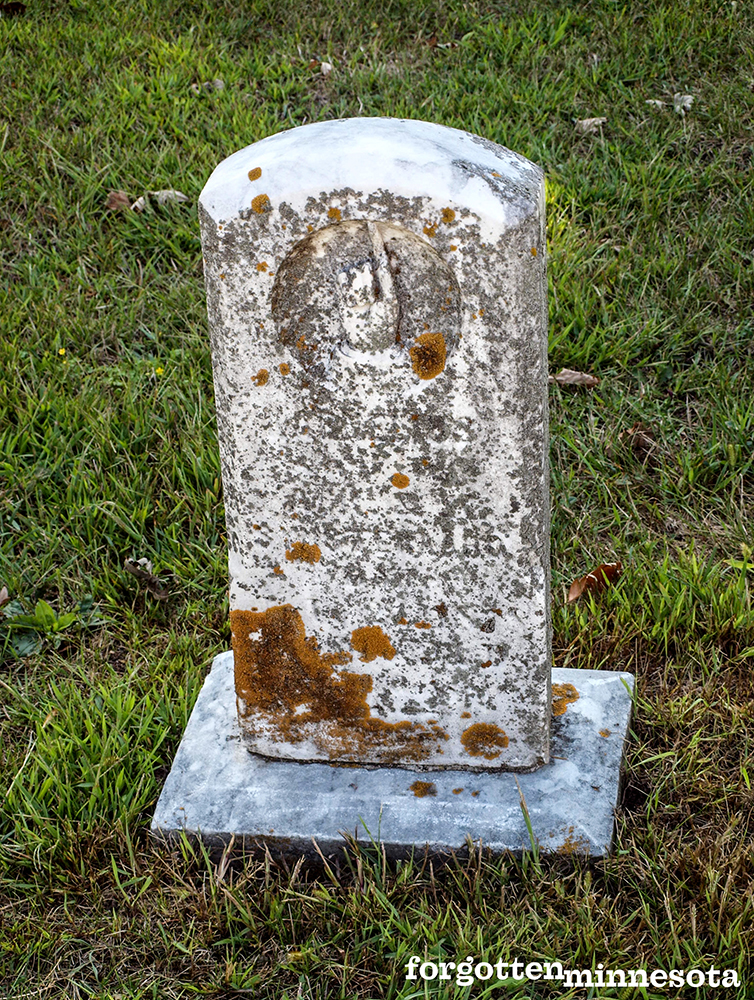
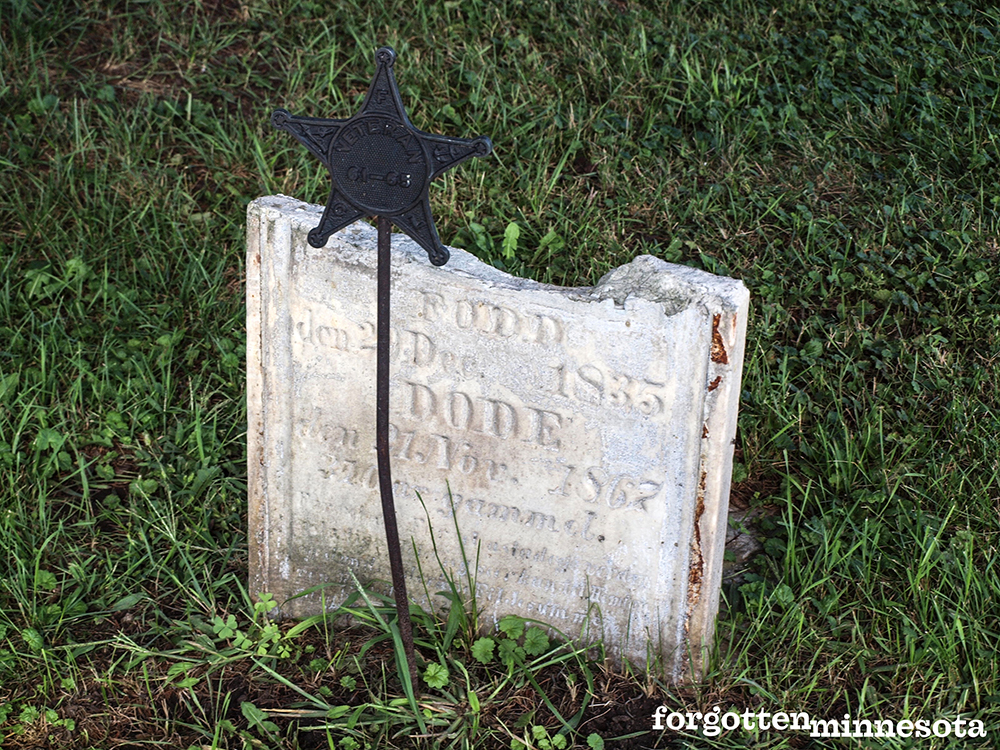
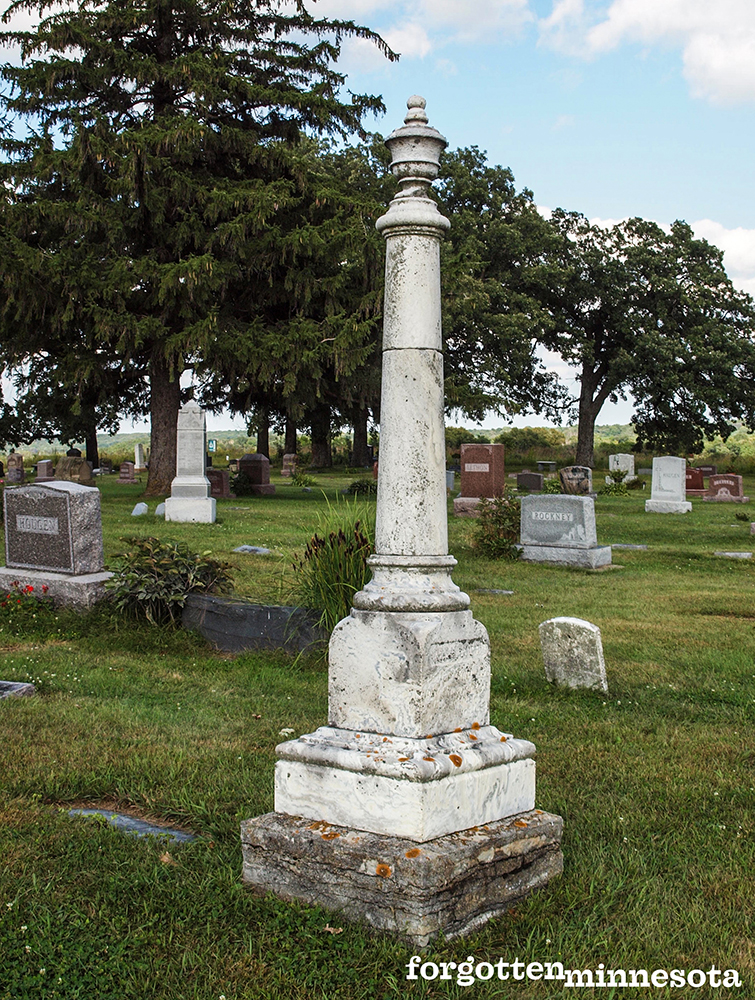
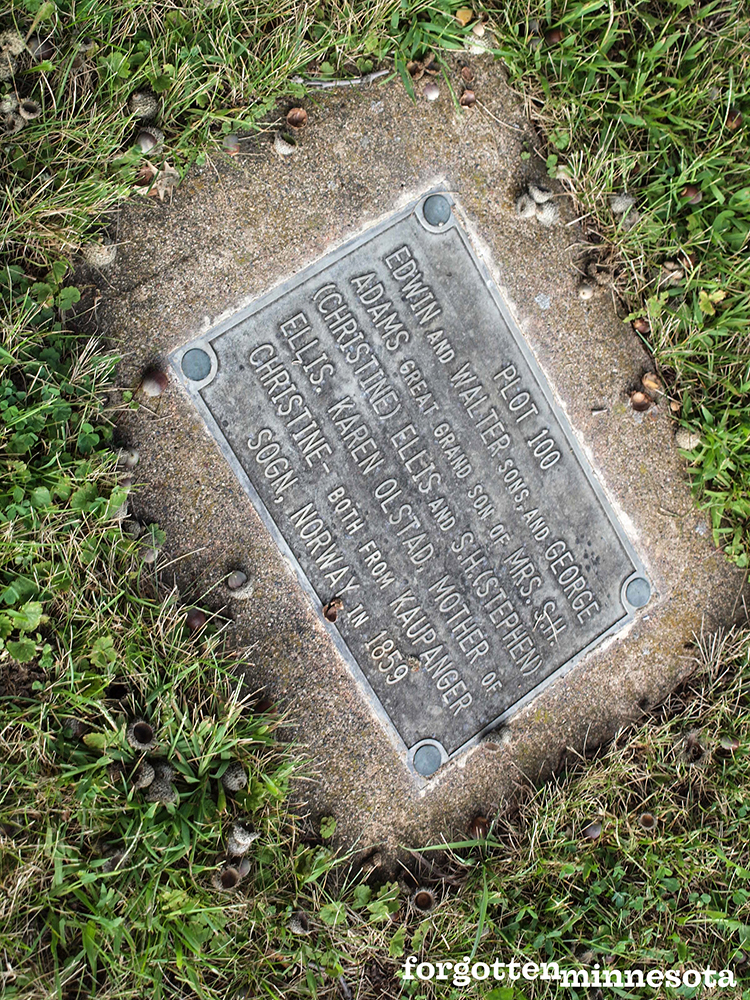
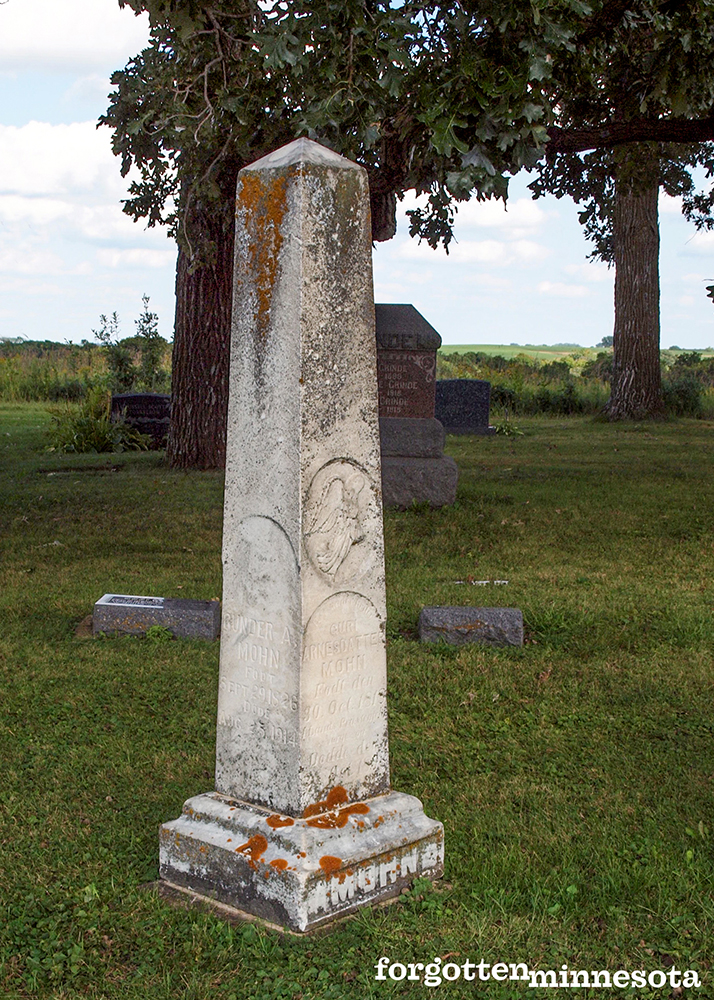
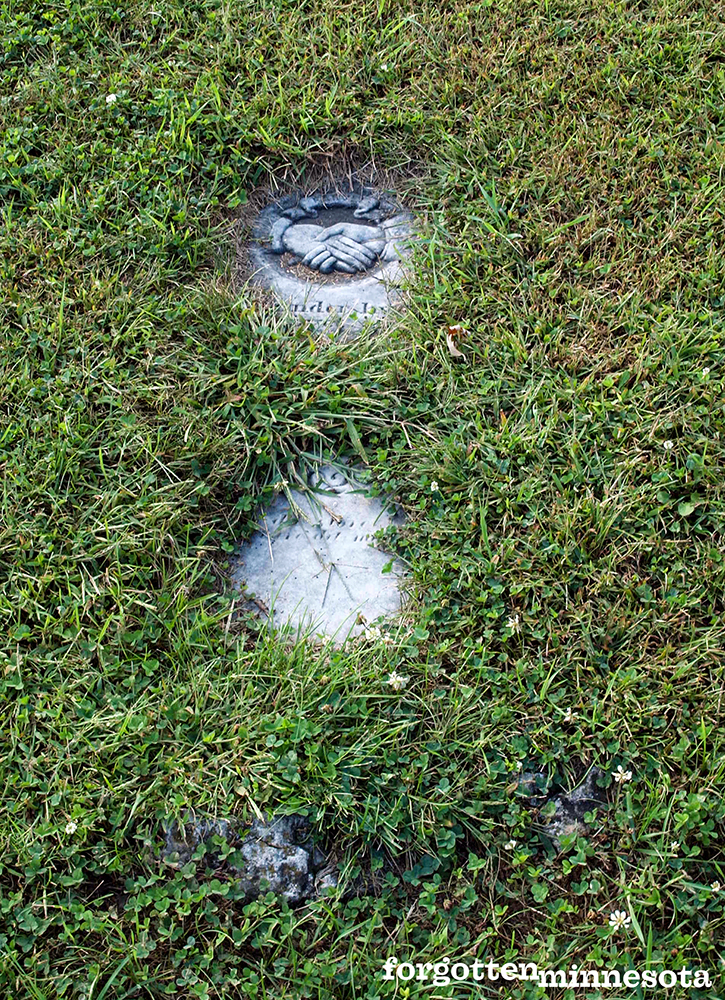
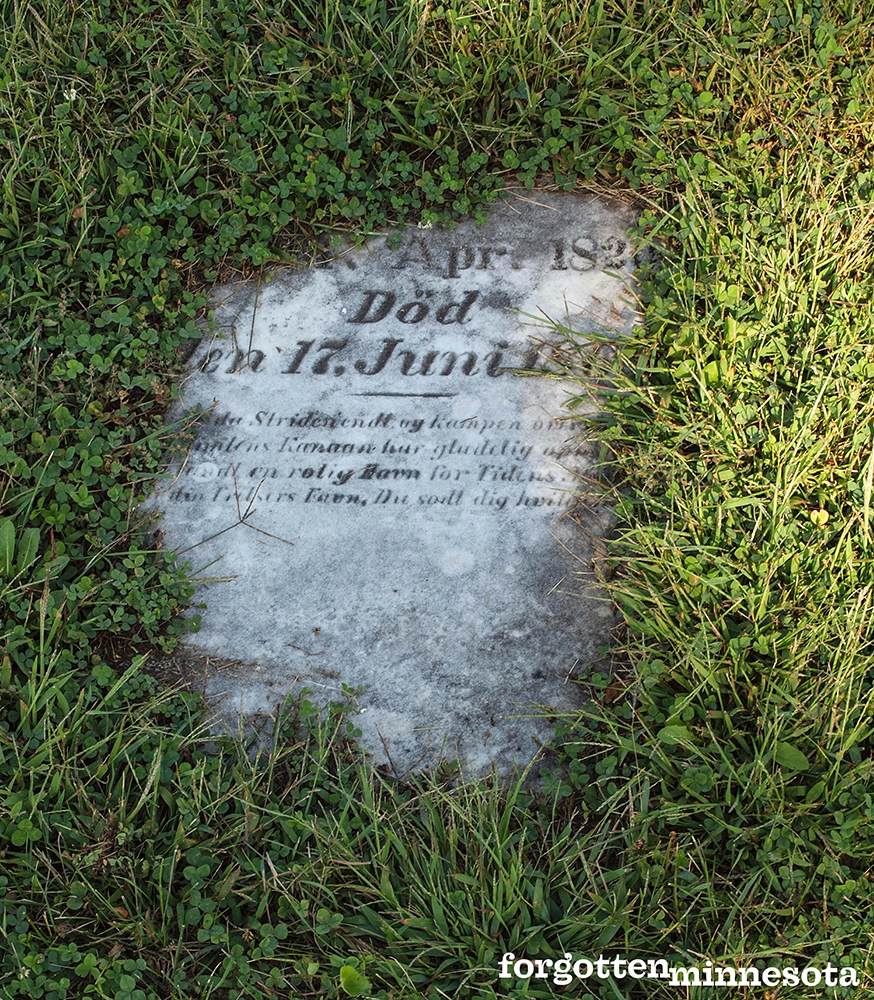
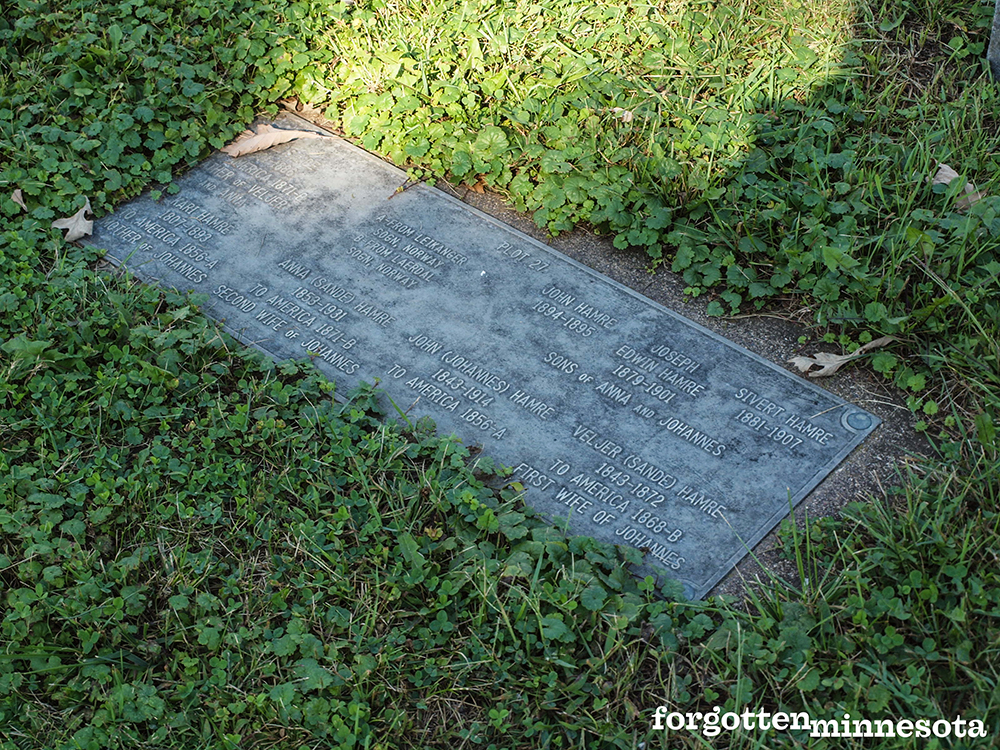
The Valley Grove congregation disbanded in 1973. Today, both churches are under the care of the Valley Grove Preservation Society who works to preserve and maintain them for all of us to visit. Oh, and did I mention the pretty cemetery? The lives the settlers lived are reflected in the graves of babies, children, adults, elderly, masons, farmers, and veterans. I arrived in the late afternoon and the sun was giving off the prettiest glow and the shadows of the headstones were long. I could have spent hours exploring the oldest graves, and the newer ones that wrap around the churches.
